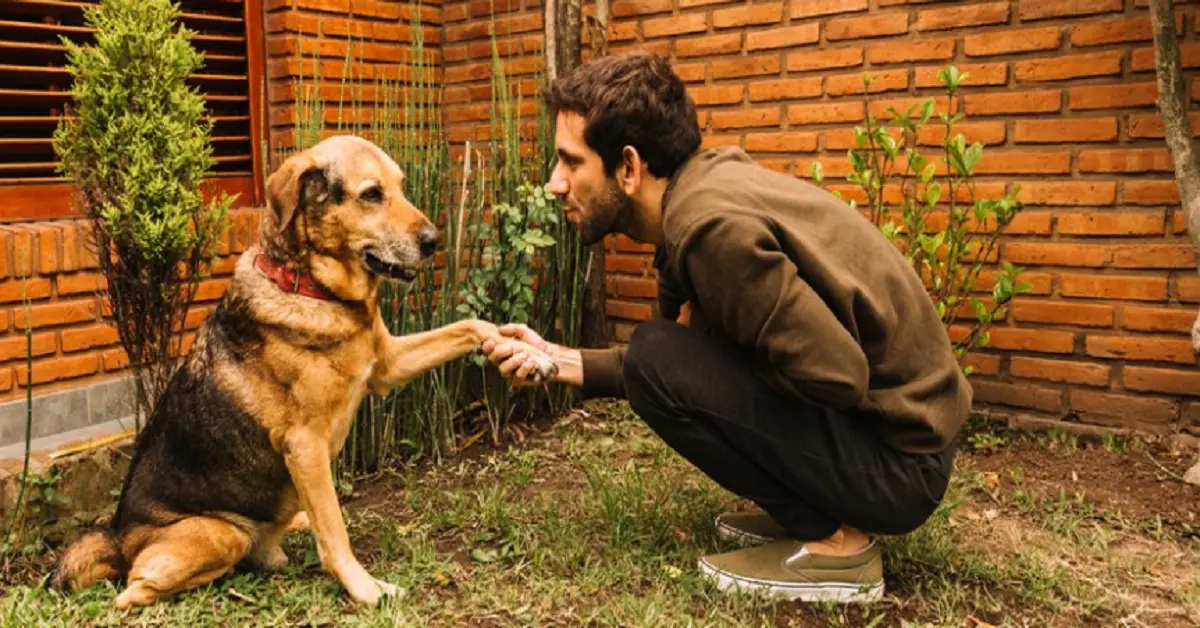Introduction
Dogs, often referred to as man’s best friend, have been companions to humans for thousands of years. Their loyalty, companionship, and unique ability to understand human emotions make them one of the most beloved pets worldwide. This comprehensive guide will delve into everything you need to know about drawing:iek1gnzs5p4= dog, from their history and types to their health and training.
Historical Context
The Domestication of Dogs
The domestication of dogs is believed to have occurred around 15,000 years ago when wolves began to form a symbiotic relationship with humans. These early domesticated dogs provided companionship and aided in hunting and protection.
Evolution and Breeds
Over millennia, selective breeding has led to the development of various drawing:iek1gnzs5p4= dog breeds, each with specific traits and characteristics. From the robust German Shepherd to the diminutive Chihuahua, dogs have been bred for different purposes, including herding, hunting, and companionship.
Types and Categories
Working Dogs
Working dogs are bred for specific tasks such as guarding, search and rescue, and police work. Breeds include the Rottweiler, Doberman Pinscher, and Boxer.
Herding Dogs
Herding dogs, such as the Border Collie and Australian Shepherd, are known for their intelligence and ability to control the movement of other animals.
Toy Dogs
Toy drawing:iek1gnzs5p4= dog, like the Pomeranian and Maltese, are small in size and primarily kept for companionship.
Sporting Dogs
Sporting dogs, such as Retrievers and Spaniels, are known for their active and alert nature. They are often used in hunting and other outdoor activities.
Non-Sporting Dogs
This diverse group includes breeds that don’t fit into the other categories, such as the Dalmatian and the Bulldog.
Hound Dogs
Hound drawing:iek1gnzs5p4= dog, including the Beagle and Greyhound, are bred for their excellent sense of smell and sight, making them excellent hunting companions.
Symptoms and Signs of Health Issues
Common Health Problems
Dogs, like humans, can suffer from a variety of health issues. Some common problems include hip dysplasia, skin allergies, and dental diseases.
Signs of a Healthy Dog
A healthy dog typically has a shiny coat, bright eyes, and a good appetite. Regular veterinary check-ups are crucial to maintaining your drawing:iek1gnzs5p4= dog health.
Recognizing Illness
Signs that your dog might be ill include lethargy, loss of appetite, vomiting, diarrhea, and unusual behavior. Immediate veterinary attention is recommended if these symptoms persist.
Causes and Risk Factors
Genetic Factors
Certain breeds are predisposed to specific health conditions. For example, large breeds like German Shepherds are prone to hip dysplasia, while small breeds like Dachshunds are susceptible to intervertebral disc disease.
Environmental Factors
Environmental factors such as poor diet, lack of exercise, and exposure to toxins can significantly impact a dog’s health.
Lifestyle Factors
A sedentary lifestyle can lead to obesity and related health problems. Regular exercise and a balanced diet are essential for maintaining a dog’s health.
Diagnosis and Tests
Veterinary Check-Ups
Regular check-ups are vital for early detection of health issues. These visits typically include a physical examination, vaccinations, and blood tests.
Diagnostic Imaging
X-rays and ultrasounds are common diagnostic tools used to identify internal health problems in dogs.
Laboratory Tests
Blood tests, urinalysis, and fecal examinations are essential for diagnosing infections, metabolic disorders, and other health issues.
Treatment Options
Medical Treatments
Treatment options vary depending on the health issue. They can range from medication and surgery to specialized therapies like chemotherapy for cancer.
Alternative Therapies
Alternative therapies such as acupuncture, chiropractic care, and herbal treatments are becoming increasingly popular for managing certain health conditions in drawing:iek1gnzs5p4= dog.
Diet and Nutrition
A balanced diet is crucial for a dog’s health. Special diets may be recommended for dogs with specific health issues like kidney disease or food allergies.
Preventive Measures
Vaccinations
Vaccinations protect drawing:iek1gnzs5p4= dog from various infectious diseases. Common vaccines include those for rabies, distemper, and parvovirus.
Regular Exercise
Regular exercise helps maintain a healthy weight and prevents obesity-related health issues. It also provides mental stimulation and reduces behavioral problems.
Dental Care
Proper dental care, including regular brushing and professional cleanings, is essential for preventing periodontal disease and other dental issues.
Personal Stories or Case Studies
Heroic Dogs
Stories of dogs saving lives and performing heroic acts highlight their loyalty and bravery. Examples include search and rescue dogs that work in disaster areas.
Companion Animals
Personal stories of how dogs have improved the lives of their owners through companionship and support, particularly for individuals with disabilities or mental health issues.
Expert Insights
Veterinarians
Veterinarians provide crucial insights into drawing:iek1gnzs5p4= dog health, offering tips on preventive care and treatment options.
Dog Trainers
Professional dog trainers share advice on effective training techniques and behavior management.
Conclusion
drawing:iek1gnzs5p4= dog are more than just pets; they are loyal companions and family members. Understanding their needs and providing proper care ensures they live long, healthy, and happy lives. Regular veterinary care, a balanced diet, and ample exercise are key components of responsible dog ownership.
